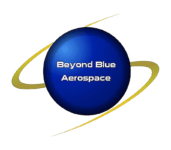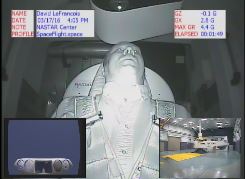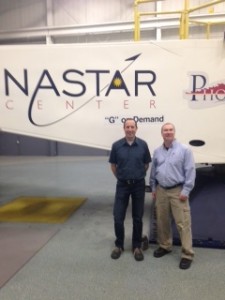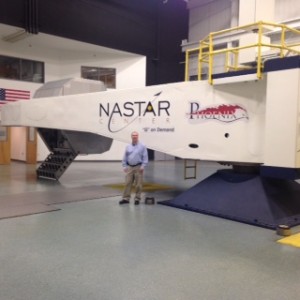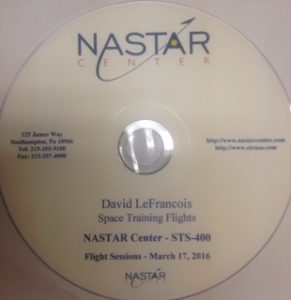On Thursday March 17th 2016, pilots Christopher Glos and David LeFrancois participated in a University of Texas Medical Branch led Commercial Spaceflight Passenger Training Study at The NASTAR Center.
They experienced simulated suborbital spaceflights using NASTAR’s high-performance centrifuge-based simulator. This simulator generated high onset-offset, sustained acceleration (“G”) forces similar to those experienced in commercial spacecraft.
Here is a video showing one of David’s flights…
Chris and David were trained on various human factors aspects of suborbital spaceflight and then evaluated during two full-scale versions of commercial spacecraft profiles. The maximum G-level was up to +4Gz (acceleration aligned in the head-to-toe direction, up to 4 times the force of gravity) and up to +6Gx (acceleration aligned in the chest-to-back direction, up to 6 times the force of gravity). During the study, they were trained on techniques that are commonly used to counteract the physiological effects of G-forces.
